On-Demand Outsourcing BPO Services for Healthcare Providers With 24/7 Coverage!
Save up to 70% on staffing costs!
Browse Specialty Staffing Services
The Role of Coding Accuracy in Healthcare Revenue Cycle Performance
In the complex ecosystem of healthcare, accurate medical coding plays a pivotal role in ensuring smooth revenue cycle management (RCM). The healthcare revenue cycle encompasses all administrative and clinical functions that contribute to the capture, management, and collection of patient service revenue. Coding accuracy is the cornerstone of this process, impacting everything from reimbursement to compliance and patient care quality. What is Medical Coding? Medical coding involves translating healthcare diagnoses, procedures, medical services, and equipment into standardized alphanumeric codes. These

HIPAA Compliance in Medical Revenue Cycle Management
The healthcare industry operates under strict regulations to protect patient information and ensure privacy. One of the most critical frameworks governing patient data security is the Health Insurance Portability and Accountability Act (HIPAA). For medical providers and organizations, maintaining HIPAA compliance is essential — especially in the complex domain of Medical Revenue Cycle Management (RCM). What is Medical Revenue Cycle Management? Medical Revenue Cycle Management refers to the process healthcare providers use to track patient care episodes from registration and
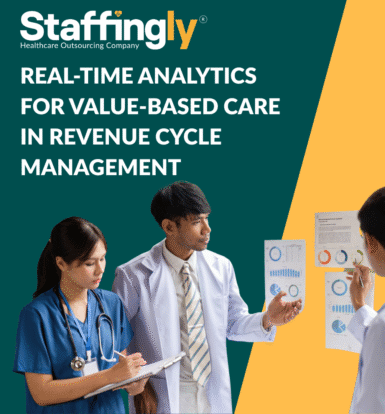
Real-Time Analytics for Value-Based Care in Revenue Cycle Management
The shift from fee-for-service to value-based care (VBC) models is reshaping healthcare, emphasizing patient outcomes and cost efficiency over volume. To succeed in this landscape, healthcare providers need advanced tools to monitor financial performance and clinical quality simultaneously. Real-time analytics in Revenue Cycle Management (RCM) plays a crucial role by delivering immediate insights that help providers optimize billing, improve patient outcomes, and align with value-based reimbursement goals. What is Real-Time Analytics in Value-Based Care RCM? Real-time analytics refers to the
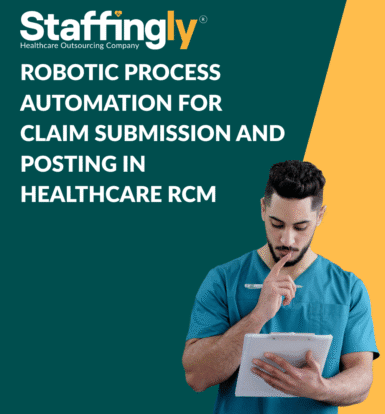
Robotic Process Automation for Claim Submission and Posting in Healthcare RCM
Healthcare revenue cycle teams face increasing pressure to streamline operations, reduce denials, and accelerate reimbursements. Manual processes—especially in claim submission and payment posting—are often time-consuming, error-prone, and resource-intensive. Enter Robotic Process Automation (RPA): a transformative technology that automates routine, rule-based tasks in Revenue Cycle Management (RCM). By applying RPA to claim submission and payment posting, providers can increase efficiency, reduce costs, and improve cash flow without compromising compliance or accuracy. What is Robotic Process Automation (RPA)? RPA uses software “robots”
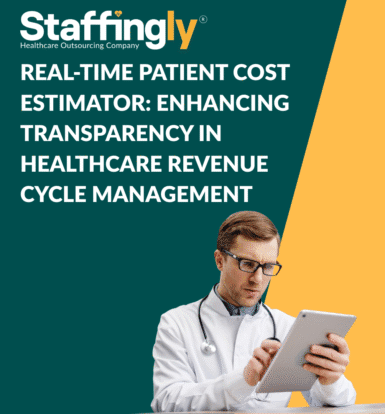
Real-Time Patient Cost Estimator: Enhancing Transparency in Healthcare Revenue Cycle Management
As healthcare shifts toward a more consumer-driven model, patients are demanding clarity—not just in their care, but in their costs. One of the most impactful innovations supporting this shift is the Real-Time Patient Cost Estimator, a tool increasingly integrated into Revenue Cycle Management (RCM) systems. This technology enables providers to deliver accurate, up-front out-of-pocket cost estimates before services are rendered. In doing so, it strengthens financial transparency, boosts collections, and improves the overall patient experience. What is a Real-Time Patient
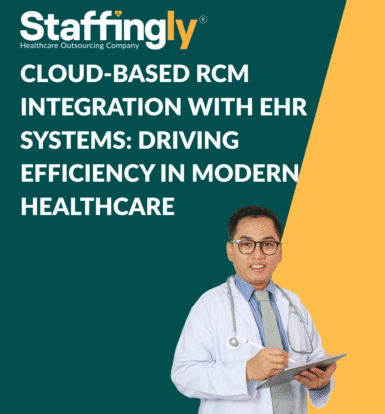
Cloud-Based RCM Integration with EHR Systems: Driving Efficiency in Modern Healthcare
In today’s fast-evolving healthcare environment, operational efficiency and financial performance are paramount. As healthcare organizations strive to deliver high-quality care, they must also ensure timely reimbursements and cost-effective administration. This is where the integration of cloud-based Revenue Cycle Management (RCM) solutions with Electronic Health Record (EHR) systems plays a transformative role. By seamlessly connecting clinical data with financial workflows, cloud-based RCM-EHR integration offers a scalable, secure, and efficient way to improve revenue capture, reduce administrative burden, and enhance patient satisfaction.

Addresses a Critical Pain Point Impacting Cash Flow
In today’s competitive healthcare environment, managing consistent and predictable cash flow is a growing concern for providers. A major roadblock many organizations face is the high volume of claim denials and payment delays due to inefficient billing practices. One critical but often overlooked area impacting cash flow is charge capture accuracy the process of ensuring that all billable services provided are correctly documented and submitted for reimbursement. When done improperly, it leads to lost revenue, compliance risks, and increased operational
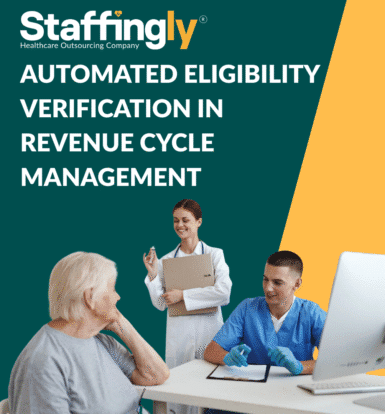
Automated Eligibility Verification in Revenue Cycle Management
In today’s rapidly evolving healthcare environment, efficiency and accuracy are more critical than ever. One essential component of Revenue Cycle Management (RCM) that directly impacts both operational performance and patient satisfaction is eligibility verification. As insurance plans grow more complex and patient coverage fluctuates frequently, healthcare providers face the growing challenge of confirming coverage accurately and promptly. Automated eligibility verification has emerged as a vital tool for streamlining RCM, reducing denials, and improving revenue collection. Key Takeaways: Automated eligibility verification
 Book a Demo to Build Your Team Today!
Book a Demo to Build Your Team Today!


 Read Case Studies
Read Case Studies 


 Virtual Medical Assistants
Virtual Medical Assistants



